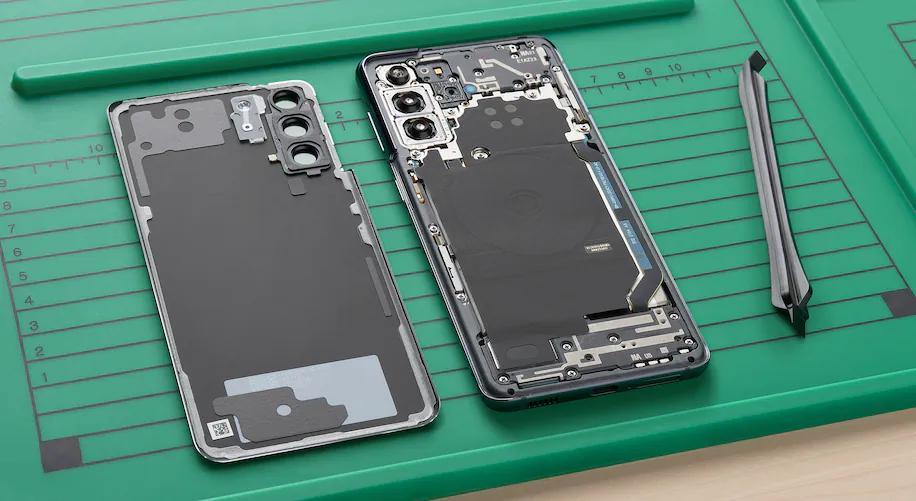Africa-Press – Liberia. Shattered screen? Bloated battery? After years of rigidity around repairs when gadgets break down, more and more consumer electronics companies are offering the option for people to fix those problems themselves, right at home.
Samsung said this week that customers who want to try their hands at fixing gadgets can now buy genuine smartphone and tablets parts from repair resource website iFixit, as well as from Samsung’s Experience stores across the country.
The push to make at least some of its gadgets more easily repairable comes amid a broader national conversation about the right to fix the products we buy, spurred mostly by heightened scrutiny from the Federal Trade Commission beginning last year.
Since then, Apple launched a self-service repair program of its own, while Google partnered with iFixit to offer tools and genuine parts to would-be tinkerers.
But like some of those other self-service programs, Samsung’s approach comes with a few quirks.
Despite Samsung’s popularity in the United States — it accounted for nearly a third of all smartphone shipments in the first half of 2022, according to research firm Strategy Analytics — the company’s new self-service repair program is limited to a handful of higher-end models for now.
Owners of Galaxy S20 series and S21 series smartphones (released in 2020 and 2021, respectively) will be able to buy replacement screens, rear glass and charging ports for repairs they attempt at home.
The same goes for people who own one of Samsung’s Galaxy S7 Plus tablets, though the same can’t be said for the rest of the company’s mobile products.
“We plan to expand to more models as the program matures,” said a Samsung spokesperson.
In offering the resources to make these repairs, however, Samsung highlighted its use of designs that make fixing gadgets more confusing than some would expect.
You can’t, for example, buy just a screen to replace a broken one in your Galaxy phone.
Instead, Samsung says you must purchase an entire screen “assembly,” which includes the display itself, the metal frame that surrounds it and another battery.
Essentially, that means replacing the entire front of the phone and then some.
That also means that, for the time being, Samsung doesn’t have a way for you to purchase a genuine battery on its own to replace the one that isn’t holding a long-charge or bloating — a common issue in devices that are used and charged regularly.
The Samsung spokesperson told The Washington Post that “additional parts will be added as the program ramps up,” though co-founder and CEO Kyle Wiens says iFixit will continue to sell third-party replacement batteries.
These kinds of self-repair programs are pretty new, so it’s no surprise they don’t always feel fully fleshed-out.
And even when they do offer a more comprehensive set of replacement parts and guides, some of the processes involved can seem a bit strange.
Let’s say you had an iPhone 12 with a broken screen, for instance.
You can pretty easily find the replacement parts on the company’s self-service website.
But if you want to follow along with every detail in Apple’s repair guide, that requires using a specific set of professional tools — tools that can be rented, but come in a set of heavy Pelican hard cases and require a $1,200 credit card hold.
(That said, you could just buy the part from Apple and crack the phone open with tools and guides you find elsewhere.
)
So here’s our advice: Unless you’ve done this sort of thing before, or don’t mind following guides with dozens of steps, you may want to avoid tackling a phone repair job at home.
These kinds of fixes really benefit from a level of finesse and attention to detail that, shall we say, isn’t everyone’s forte.
And we’re not kidding about how fiddly these guides can be: according to iFixit, the process of replacing a Galaxy S20’s screen assembly requires 41 steps, and that doesn’t include putting the phone back together.
But now we’re left with a bigger question: If these companies are willing to let us repair the products they make, how about designing them so they’re easier to repair in the first place? For now, at least, that’s much easier said than done.
For More News And Analysis About Liberia Follow Africa-Press






